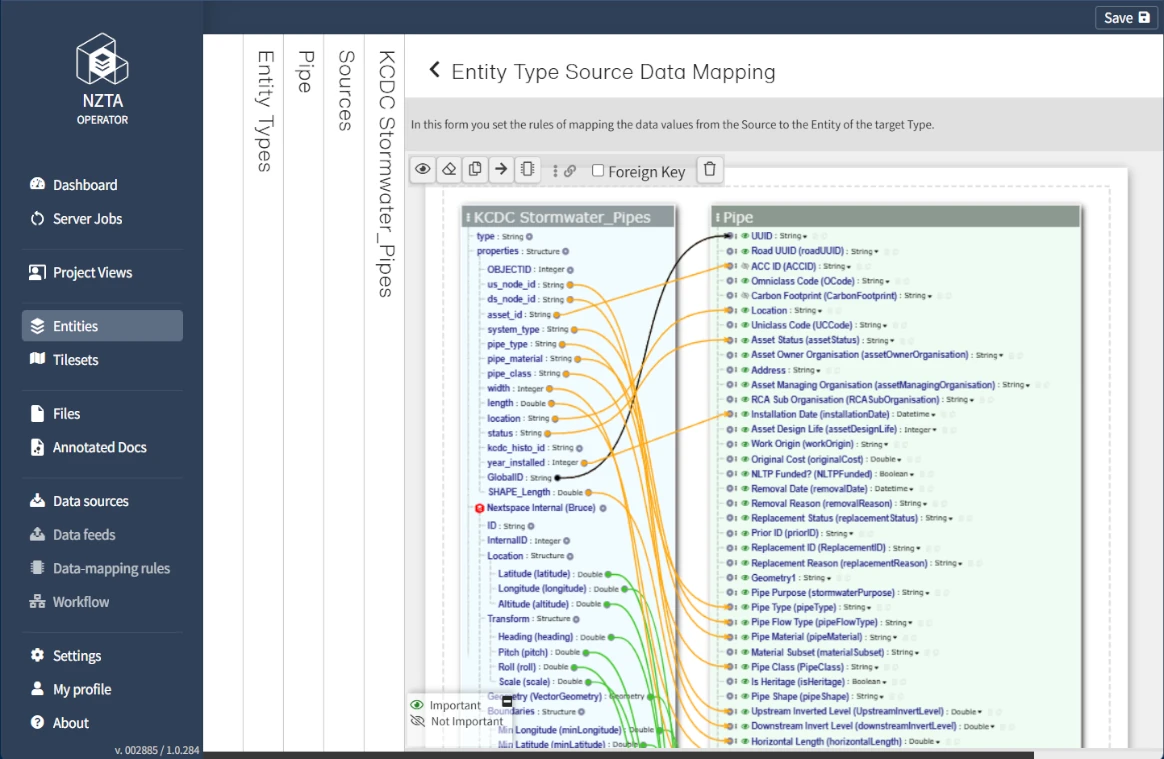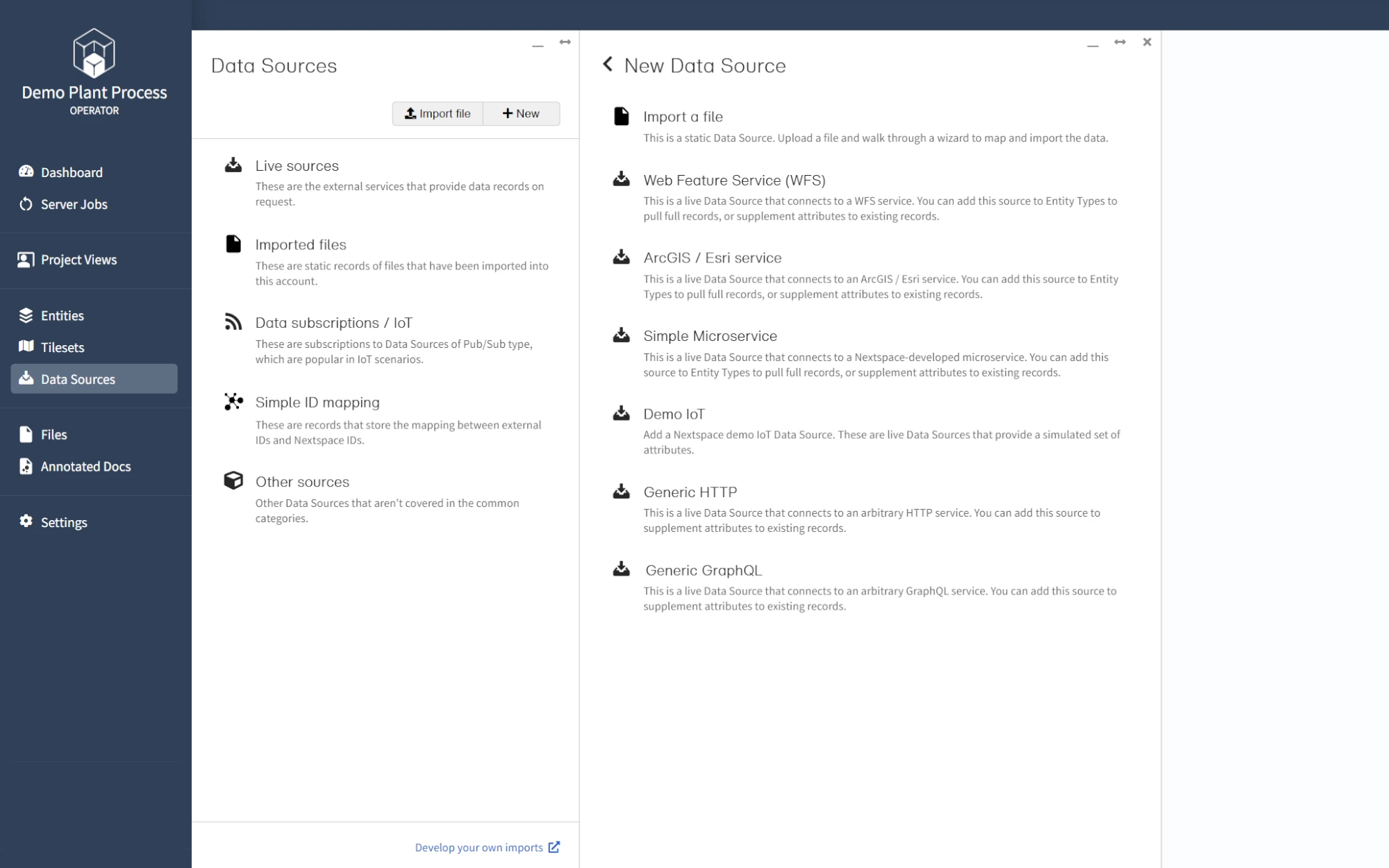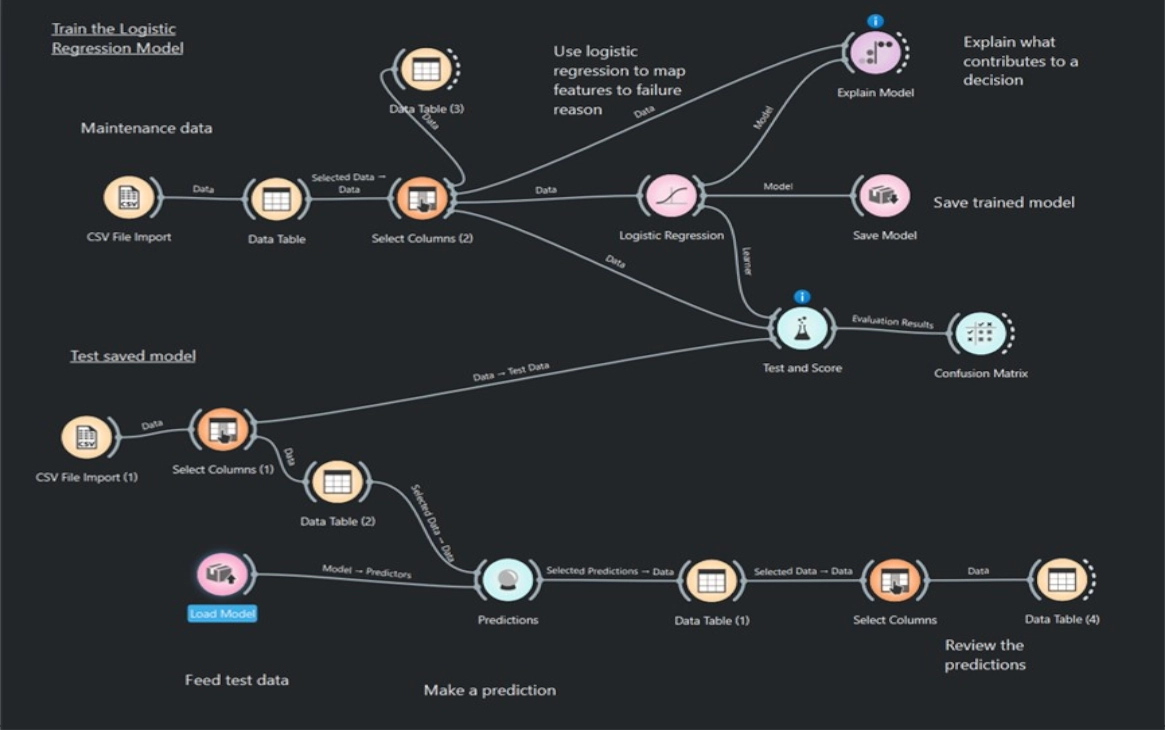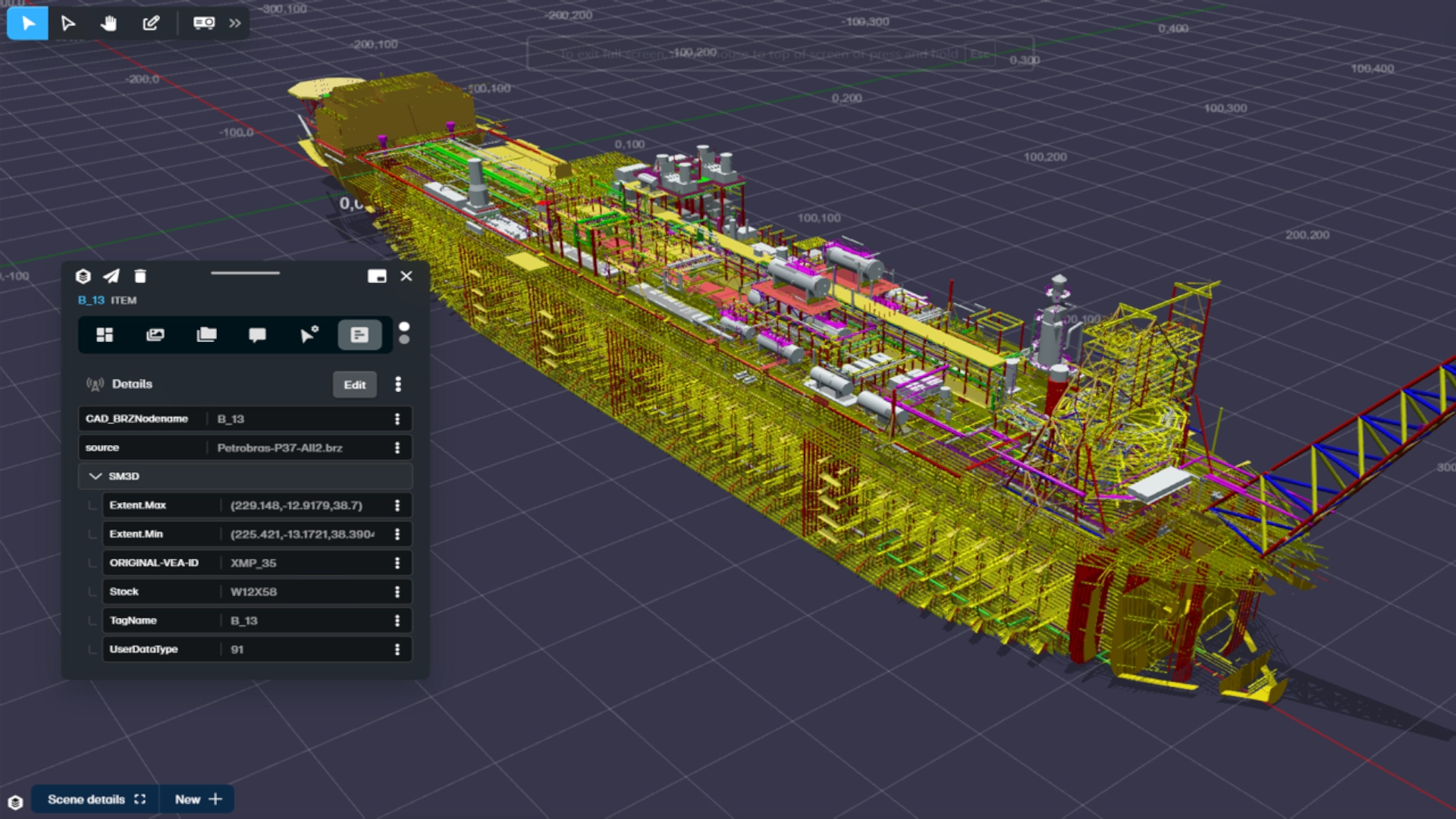Nextspace platform
Beyond digital twins
Nextspace is an ontology-driven platform that unifies engineering, spatial, and operational data into one AI-ready fabric.
Instead of replicating or locking data into a single system, Nextspace connects 2D, 3D, GIS, IoT, documents, and enterprise data into a unified ontology that preserves context and relationships.
Through this model, you can:
→ Visualize assets in 2D, 3D, or geospatial views – right down to nut-and-bolt level, enriched with attributes, documents, relationships, and live system links.
→ Analyze complex systems in the browser without performance compromise.
→ Orchestrate AI to interpret, predict, and optimize operations across all connected data.
This ontology-first approach transforms digital twins from static visual replicas into dynamic, intelligent, and scalable systems of record for critical infrastructure


From disconnected silos to AI-ready fabric
No single dataset solves complex challenges. Nextspace federates all your data into a single model, enabling AI to reason, predict, and optimize across systems

Engineering and asset data

Dynamic operational data

Rich context at scale
Beyond pictures, into intelligence
Nextspace’s knowledge graph unlocks the value hidden in siloed data.
Start with incomplete sources, add more as you go, and let the ontology evolve without costly “data cleansing” projects.

Your data isn’t ready for AI. Nextspace makes it ready.
Most AI initiatives stall because critical data sources can’t talk to each other.
Engineering, spatial, and operational systems all run on incompatible taxonomies and schemas – leaving organizations with silos, blind spots, and unreliable insights.
At Nextspace, we solve this by unifying engineering, GIS, BIM, IoT, financial, and work order data into a single, queryable ontology.
From there, we make it human-friendly (2D, maps, 3D,4D visualizations) and AI-ready (APIs, MCP, and digital twin streaming to analytics & simulation systems).
The result: trustworthy data, faster AI deployments, and measurable improvements in performance, safety, and profitability.
Nextspace ontology
Ontology and why it matters
Ontology is a strategy for organizing structured and unstructured information using entities, properties, and relationships.
Nextspace lets you create your own ontology that joins all of your data and data schemas into a single, virtual shared source of truth for decision-making and capturing decisions within a large organization.
By providing a single source of truth, ontology enables users to easily discover and understand data across their organization as well as view their local decisions in a more global context.
Digital twin framework with Nextspace
Geospatial
(static, dynamic, live)
2D / 3D (i3D/XR)
At a glance:
→ Unify every data source into a single ontology — not just a federated file view.
→ Visualise assets, systems, and processes across 2D, GIS, 3D, 4D, and documents.
→ Activate AI, LLMs, and simulations through open APIs and the Model Context Protocol (MCP).

Nextspace unifies engineering, geospatial, IoT, document, and enterprise data into a single, dynamic ontology that describes how everything relates and behaves.
Nextspace treats visuals as attributes of data — not static renderings. This allows humans to interact with the same ontology through different lenses.


Nextspace was designed for interoperability — not lock-in.
Once data lives in the ontology, Nextspace makes it available for reasoning, prediction, and simulation.


To use the Nextspace platform, you’ll need a PC, Mac or tablet running a Chromium or WebKit browser with WebGL support, such as Chrome, Edge, Firefox or Safari. Overall performance is typically dictated by internet speed (15 Megabits per second or faster) and 3D graphics performance of the client device. A graphics card with a G3D mark of 1,000 or higher is recommended.
General














Platform Components

Operator (module)




















Augment or alter the behavior of the Nextspace platform with custom callbacks.

Navigator (module)














Data sources
Nextspace Operator & Navigator





















Nextspace Navigator











Third-Party Apps & Data















Nextspace Self-Service Account Provisioning
is currently offline.
Please try again later or contact:
hello@nextspace.com
Let’s talk
A Nextspace Enterprise plan offers our most powerful solution and will allow you to build a living, breathing digital twin that can include live data from IoT and enterprise systems.
An Enterprise plan includes our administration, ontology state engine, visual data unification and schema management system ('Operator'). You get our web, Unreal Engine and Omniverse 2D-3D-geospatial viewers ('Navigator'). You also get API access and supporting documentation to connect, customize and create.
All our Enterprise customers receive training, online helpdesk usage and access to our in-house solution engineers.
For more details on the Nextspace platform and its capabilities and features, please visit our Features and Technical Specifications pages.
Address
1 Albert Street,
Auckland Central, Auckland 1010
New Zealand
Help & Support
If you have a Nextspace business account then you have access to our full support offering (including Jira ticketing and community forum).
Please complete and submit the form with your query or visit the forum to see if someone else has already addressed your query.
If you are contacting us for help and support for a Nextspace Starter or Standard account then your primary support mechanism is the community forum. You are free to submit your query here, but it is possible that you may not receive a response within a reasonable timeframe.
If your reason for contacting us is not 'Help & Support' then please use the generic contact us form.
Office
Find us at Level 1, 1 Jervois Road, Ponsonby,
Auckland, 1011, New Zealand
Manage Subscription
For all other subscription management queries (including cancelling a subscription connected to a specific account) please complete the form providing as much detail as you can.
If you are contacting us for help and support for a Nextspace Starter or Standard account then your primary support mechanism is the community forum at https://... You are free to submit your query here, but it is possible that you may not receive a response within a reasonable timeframe.
If your reason for contacting us is not 'Manage Subscription' then please use the generic contact us form.
Office
Find us at Level 1, 1 Jervois Road, Ponsonby,
Auckland, 1011, New Zealand
FAQs





- A residential house
1 to 1,000 entities - A commercial building
1,000 to 5,000 entities - A public venue
5,000 to 15,000 entities - A mid-sized processing plant
200,000 to 1,000,000 entities













